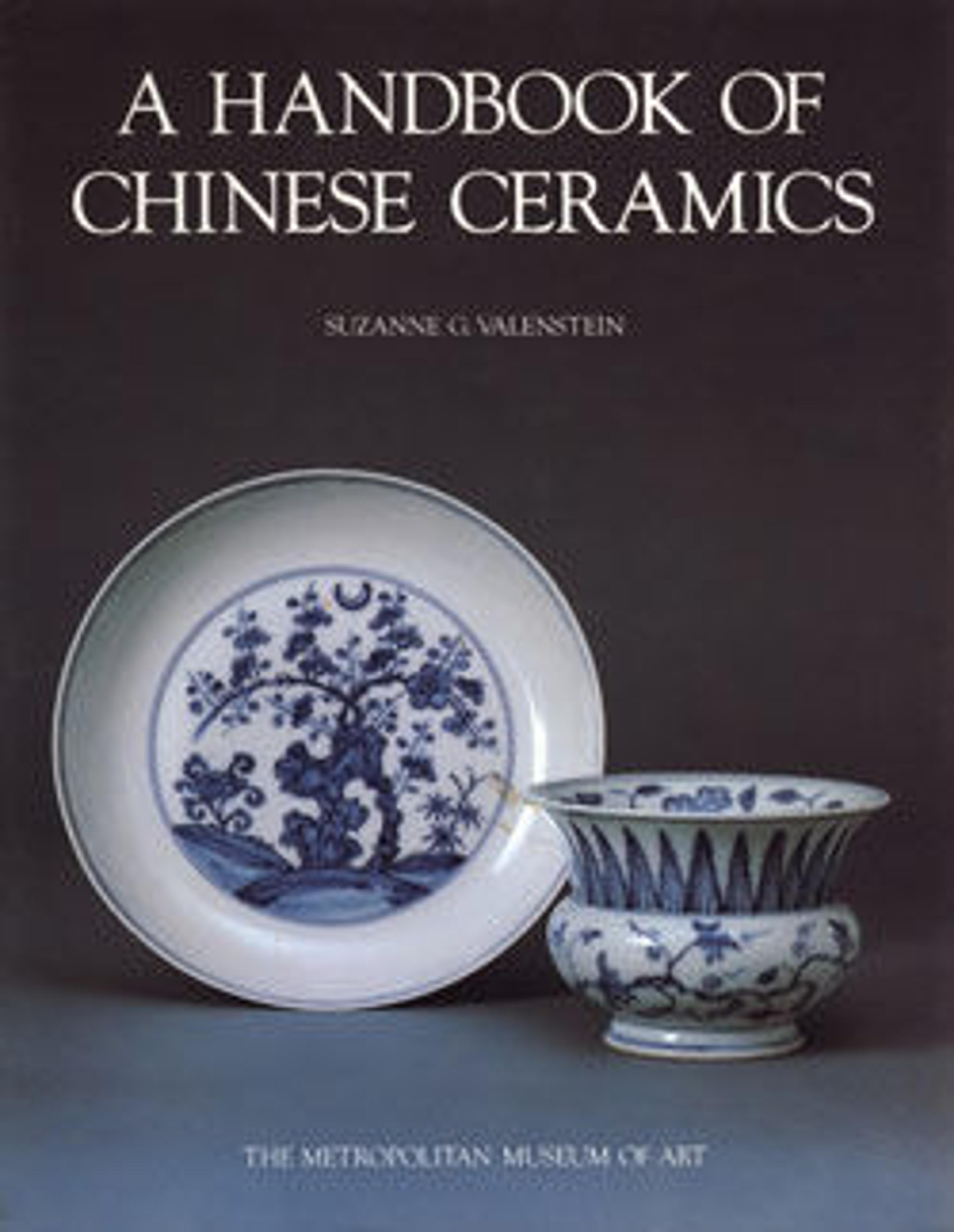Basin with lotus pond
Known as fahua (literally designs with borders), ceramics such as this one share a visual similarity with cloisonné enamel. A white clay paste (or slip) is used to create the outlines of motifs and then filled in with brightly colored enamels. Produced in both north (Shanxi) and south (Jingdezhen) China, fahua ware gained popularity in the late fifteenth to the sixteenth century, slightly later than cloisonné. This elegant work was designed as a small fish bowl or container for paper scrolls on a scholar’s desk.
Artwork Details
- 明中期 景德鎮窯法華蓮池水禽紋缸
- Title:Basin with lotus pond
- Period:Ming dynasty (1368–1644)
- Date:late 15th century
- Culture:China
- Medium:Porcelain with raised slip and enamels (Jingdezhen fahua ware)
- Dimensions:H. 7 3/8 in. (18.7 cm); Diam. 11 1/4 in. (28.6 cm)
Diam. of rim: 11 1/4 in. (28.6 cm)
Diam. of foot: 7 in. (17.8 cm) - Classification:Ceramics
- Credit Line:Bequest of John D. Rockefeller Jr., 1960
- Object Number:61.200.4
- Curatorial Department: Asian Art
More Artwork
Research Resources
The Met provides unparalleled resources for research and welcomes an international community of students and scholars. The Met's Open Access API is where creators and researchers can connect to the The Met collection. Open Access data and public domain images are available for unrestricted commercial and noncommercial use without permission or fee.
To request images under copyright and other restrictions, please use this Image Request form.
Feedback
We continue to research and examine historical and cultural context for objects in The Met collection. If you have comments or questions about this object record, please contact us using the form below. The Museum looks forward to receiving your comments.
